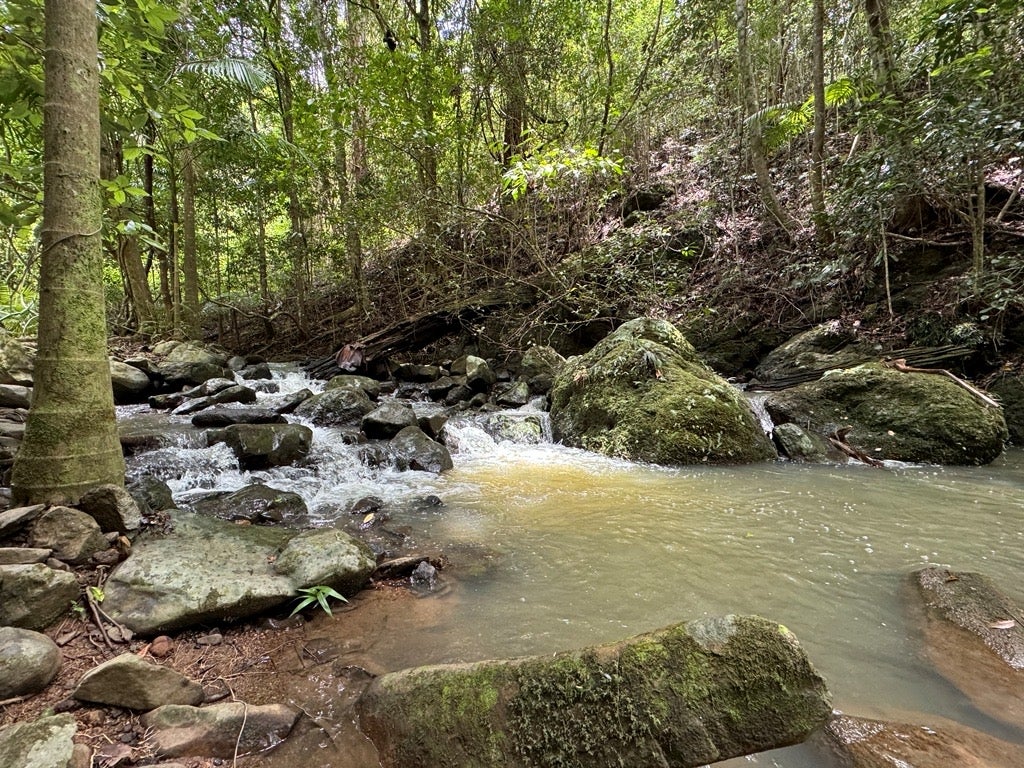The ongoing search for signs of life on Mars relies in part on terrestrial analogs – places on Earth closely resembling the past or current geology and climate of the red planet that can be readily explored.
A new study proposes to focus on another method: “time-resolved analogs,” which are dynamic analogous Earth environments where changes can be analyzed over many years. , a visiting scientist in the Department of Astronomy, in the College of Arts and Sciences, has led this inaugural study in his native Spain.
Fairén is co-lead author of “,” which published Feb. 8 in the Nature journal Scientific Reports. The other co-lead author is Jose L. Sanz of the Autonomous University of Madrid (UAM).
Their investigation has been conducted in the extremely salty Tirez lagoon in central Spain, which had experienced alternating dry and wet periods over the course of two decades, before reaching total desiccation in 2015.
Their key findings: If life existed on Mars when the planet had liquid water on its surface, its desiccation would not have necessarily implied that life disappeared for good. In addition, lipids – such as fatty acids or their derivatives – have a higher resistance to degradation and should be preferred targets in the search for life in a waterless world.
Fairén, a member of the Cornell Center for Astrophysics and Planetary Science and a research professor at the Center of Astrobiology (CAB) in Madrid, began studies of Mars analogs while pursuing his Ph.D. at UAM.
“At the time,” Fairén said, “my adviser’s team was already interested in Tirez, mostly as an analog of Jupiter’s moon Europa, because of the high concentration of salts in the Tirez waters.”
They’ve since turned their attention to Mars, particularly before drying up during the Noachian (around 4 billion years ago) and Hesperian (3.7 to 3 billion years ago) periods. Fairén’s research group – which included scientists from CAB and UAM – closely monitored Tirez’s gradual desiccation over 25 years, using it as an opportunity to better understand the evolution of microbial communities in small, dried-out lagoons.
Samples from Tirez were collected and analyzed in 2002, during the early stages of desiccation, and again in 2021, when the lagoon was completely dry.
“We conclude that any possible early ecosystems on Mars probably collapsed when liquid water disappeared,” Fairén said, “but the changing environment would have triggered global ecological successions, with hypothetical microorganisms evolving strategies similar to those of microorganisms living in Tirez now, adapted to thrive at very low water activity in the desiccated sediments.”
The group will continue to monitor Tirez, Fairén said, noting that any changes in its status regarding water content would be of keen interest.
“It would be particularly interesting if the ongoing dry decade in central Spain would experience some alleviation and we could witness at least a partial comeback of the water table,” he said. “That would allow us to extend even more our concept of the astrobiological time-analog for Mars, because the desiccation of Mars was a stepwise process.
“Analyzing the response of the microbiota in Tirez to the presence of liquid water again, after years of complete desiccation, would provide new insights to understand the evolution of possible ancient ecosystems on Mars,” he said.
Funding for this research came from the European Research Council; the Spanish Ministry of Science and Innovation/State Agency of Research; and the European Regional Development Fund.







